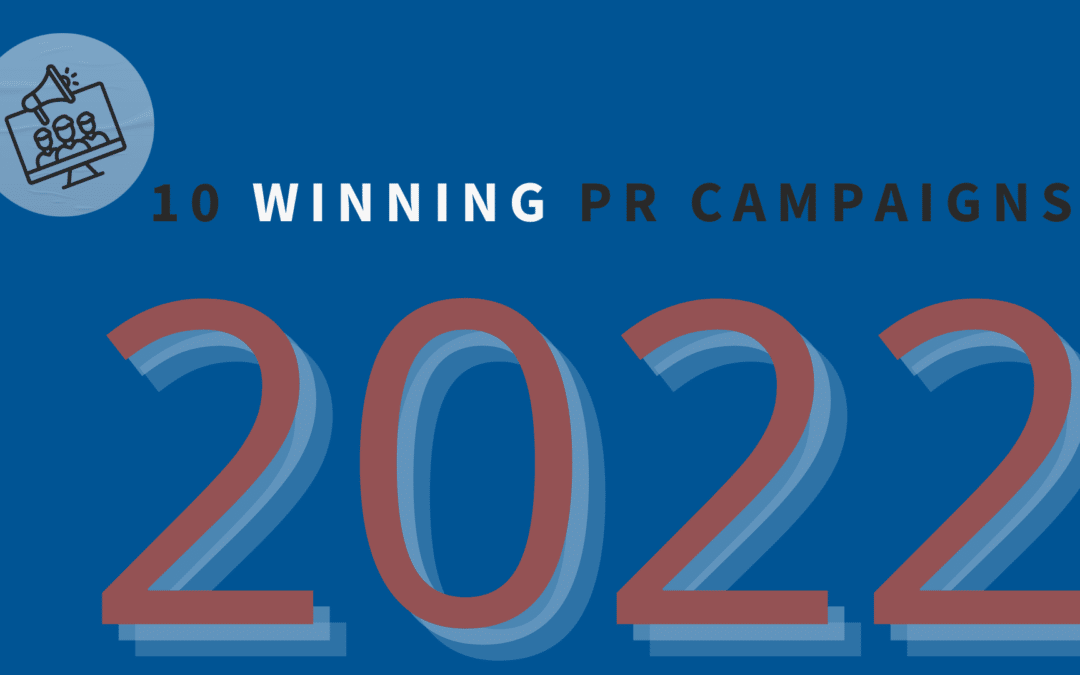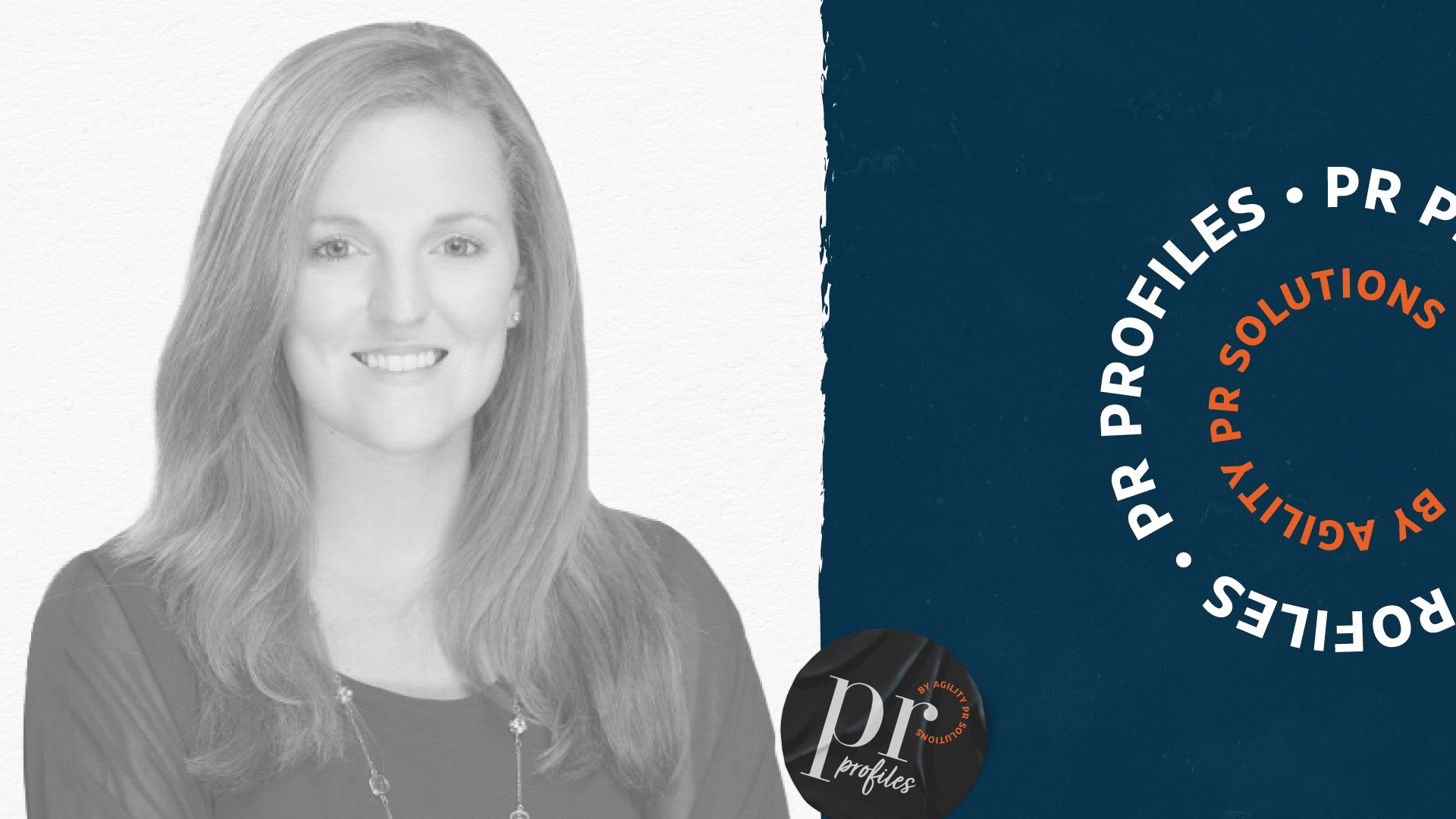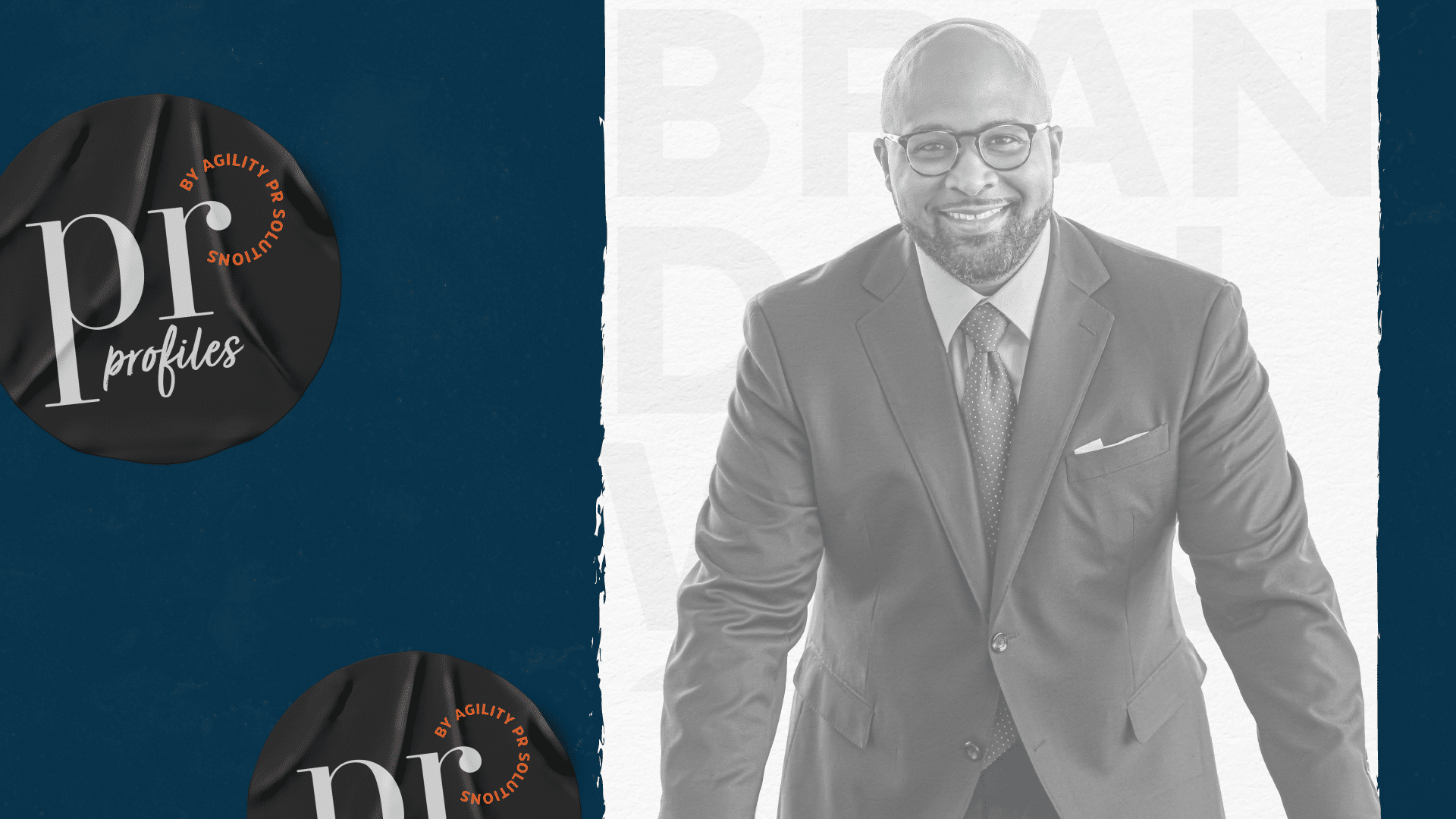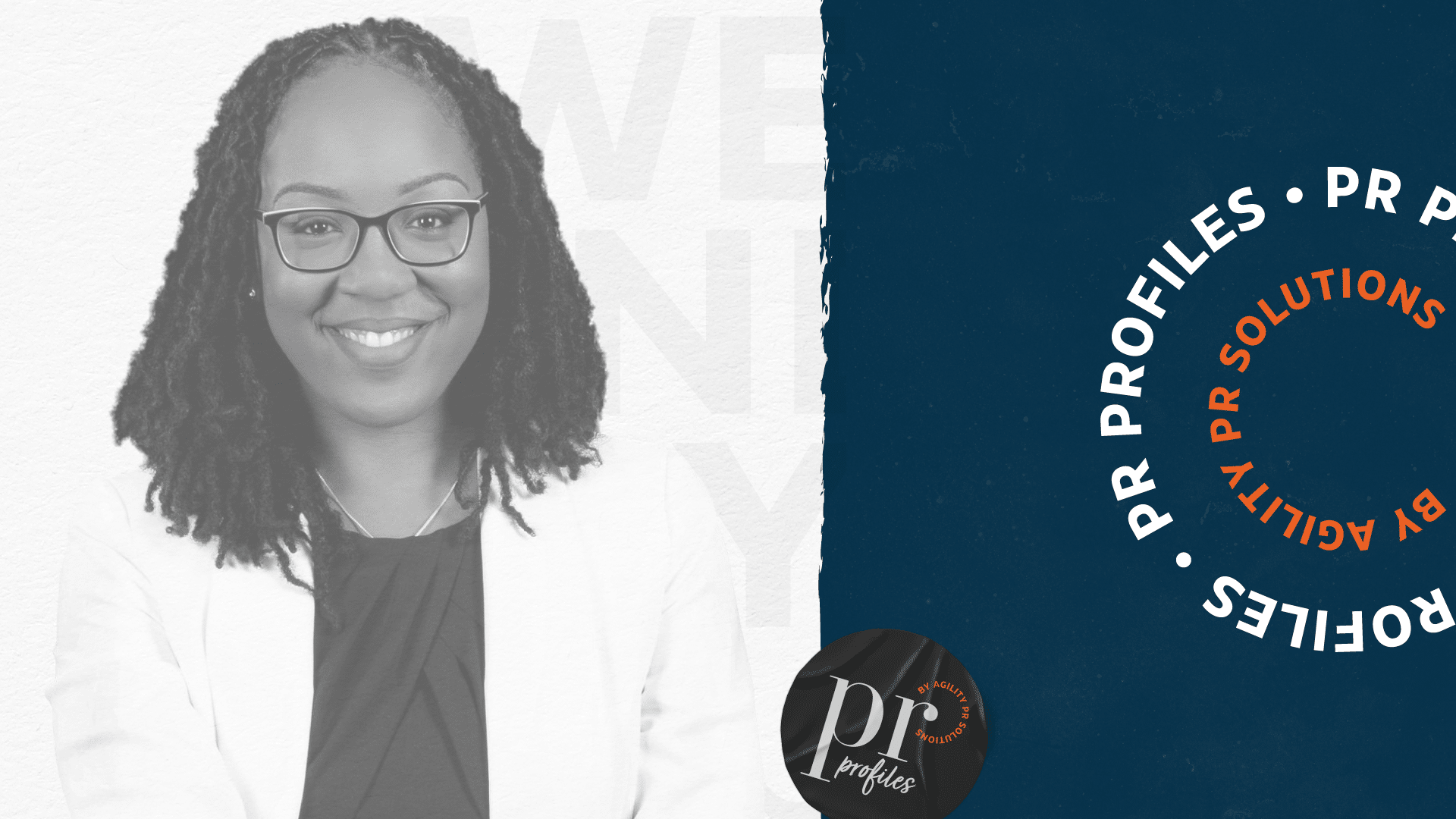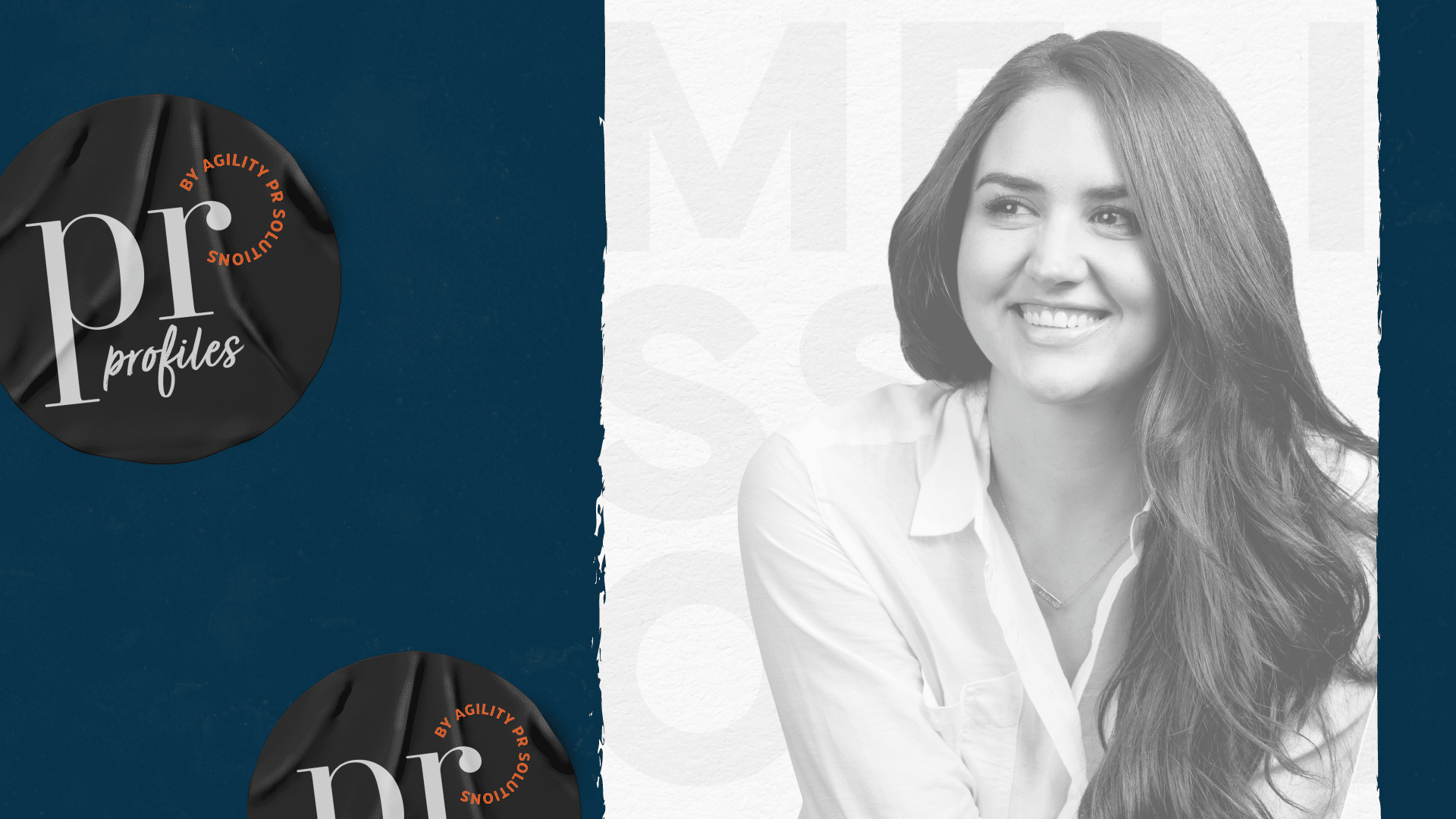People are shown up to 10,000 ads a day. With so much digital noise, company messages start to get ignored or hidden by ad blockers, and many consumers feel reluctant to trust advertisements from brands they don’t recognize. To achieve greater brand awareness, you need to develop innovative PR and marketing campaigns that will help you stand out from all the other brands crying for attention and move your audience to act.
Advertising and marketing vs public relations campaigns
While they work closely together, and often have similar objectives, there are key differences between advertising, marketing, and public relations campaigns.
Advertising involves creatively designing and producing video or graphic content and purchasing a digital or physical space to display it.
Marketing takes into careful consideration what and why future customers will purchase. Then, strategically places your company’s name and products in places where people might notice them.
Public relations campaigns are designed to improve and maintain the relationship that the public has with a company. This relationship is heavily influenced by where people get their information, typically the news and social media. PR campaigns are a way to put your brand in the spotlight, earn broadcast or press coverage, and leave an impression on future customers.
What do the best PR campaigns focus on?
Every winning PR campaign has carefully developed SMART goals and an aligning strategy. Your goal could be to repair your reputation, increase your social media presence, or expand your customer base. Regardless of what you are hoping to achieve, without goals you can’t demonstrate the ROI of your PR. Setting goals is a crucial first step in providing focus to the strategy you will employ.
A lot of work goes into developing strategy, executing plans, and analyzing your results. The research and evaluation component of a campaign is of great importance to inform future campaigns and gain deeper understanding of what your audience wants and needs.
For resources to help you level up your PR activities in 2023, why not check out our library of free webinars providing actionable advice from experienced PR professionals?
In the meantime, if you’re looking for some creative inspiration, we’ve rounded up our 10 favorite PR campaigns from this year.
Penguin Random House: The unburnable book
In light of recent controversy involving the banning and burning of individual books and even whole categories of books—many related to race, racism, sexual orientation, and gender identity—publisher Penguin Random House released an unburnable version of “The Handmaid’s Tale” by Margaret Atwood.
A one-of-a-kind copy was printed on materials such as heat shield foil pages, nickel wire binding, stainless steel bands, and high-temperature adhesives that are usually used in aerospace engineering, making the timeless classic completely fire resistant.
Penguin Random House remarked, “[the book] is designed to protect this vital story and stand as a powerful symbol against censorship.”
According to a recent report by PEN, 1,586 books have been banned since July 2021, affecting over 2 million students and targeting the creative work of over 1,000 people.
Book banning sparks debate surrounding free speech and curriculum. As a publishing agency, Penguin Random House is greatly impacted by these movements, and surely passionate about the destruction of literature. This campaign creatively—and decisively—told the public their stance on the issue.
Duolingo dominates TikTok
On the topic of education, Duolingo hosts 500 million registered users and offers 38 languages, making it the most popular language application in the world.
In a globalized world, and with travel picking up post-pandemic, many are eager to learn multiple languages. In the second quarter of 2022, Duolingo generated more than $88.3 million (US) in revenue, up by 50% compared to last year.
In 2022, the company developed a PR campaign to target a younger audience on none other than TikTok. Duolingo has 4 million followers on TikTok, and they often earn more than a million views on their videos.
If you’ve been aggressively berated by lime green owl “Duo” to brush up on your Spanish or French— you’re not alone. A meme began circulating that Duo seemed threatening in his daily reminders, and hatched inspiration for the iconic TikTok parody.
Duo is a rebel, a bit of a bully—and millions from the TikTok community love it. The cute wide-eyed owl behaves unprofessionally, bothers co-workers, and is an all-around HR nightmare. In videos set in the Duolingo workplace, Duo twerks, plays with the copy machine, holds office pets hostage, and wastes hours internet stalking his soulmate, Dua Lipa.
Prior to 2022, Duolingo’s TikTok used to be the standard fare, featuring a few clips of staff members. Once they were back in the office, and someone discovered the mascot, they had fun with it and hopped on the viral trend of short form phone quality video content.
Oscar Mayer urges meat lovers to ‘BacOff’ bacon for World Vegan Day
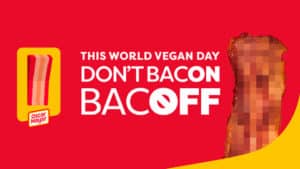
Graphic: Business Wire
In support of World Vegan Day, Oscar Mayer encourages meat lovers to lay off bacon. Contestants who pledged to “BacOff” instead of “BacOn” meat on November 1, 2022 were entered in a draw to earn a lifetime supply of bacon.
Many vegans are tempted to abandon their lifestyle choices when they hear the sizzle of bacon on the stove and the savory aroma fills the air. Bacon has been named the “gateway meat” for vegans, vegetarians, and flexitarians who give into the temptation for slices of the popular breakfast meat.
The company censored its paid and social media, hopefully, bacon fanatics and herbivores alike temptation to rush to their nearest store and pick up a package of Oscar Mayer meat. “Deliciously tempting bacon, smoked with real wood smoke for 12 hours, can be tough for those who wish to give up meat,” Anne Field, head of North American brand communications at Oscar Mayer, said in a statement. “That’s why we’re doing our part to celebrate World Vegan Day by removing the bacon-y temptation our advertising creates and rewarding those who make the tough choice to abstain from the irresistible. Don’t bac-on, bac-off.”
Eating less meat reduces greenhouse emissions, supports animal welfare and has been proven to have health benefits—but it’s not all or nothing. Going vegan or vegetarian is commendable, but it’s not for everyone. We should all consider cutting some meat out of our diet, and if that only means one day a year for bacon lovers, that’s still better than nothing! As we continue to see a rise in green advertising, companies that are typically depicted as villains in this space are trying to creatively expand their image.
Cheil and Samsung make toxic gamers pay the price
Source: Cheil PengTai Beijing
The online gaming community is a vibrant group of 665 million gamers. Players have formed international friendships and benefited from social interaction during lockdowns. Unfortunately, there is also an ongoing issue with 79% of gamers experiencing cyber bullying—or in gamer lingo, trolling.
Game developer Cheil acted against the toxic behavior and partnered with Samsung to penalize bullying in Magic Quest, the biggest game of the year, and China’s equivalent to ‘World of Warcraft’.
Samsung entered the chatroom to link the Abusive Language Detection System to the pricing database, so that in-app purchases would be significantly more expensive for players using hateful language.
Cheil reported that in-game bullying decreased by 40%, demonstrating that adding a price tag to toxic behavior can reduce cyber bullying.
To spread the word, they released a video, which won a 2022 CLIO communications and entertainment award.
Tito’s Handmade Vodka trolls canned seltzers
Every single alcohol brand seems to be making hard seltzers these days. These conveniently canned, light, calorie friendly, and simply flavored boozy sodas are everywhere.
If you are a fan of one of the leading American vodka brands and were looking forward to sipping their version of a sparkling beverage, don’t get your hopes up. Tito’s Handmade said “no” this trend, but still made a stance by piggybacking on the canned cocktail craze and creating an empty can.
The brand says on the campaign page, “We prefer not to think of it as ‘empty.’ It’s actually full of opportunity to make your own, better tasting seltzers, ones that actually taste good, and are as strong or as fizzy or as citrusy as you want.”
Customers can purchase an insulated, double-walled can, for $20 to fill with their own Tito’s mixed drink. The can acknowledges “ingredients not included” and “we trust you to mix your cocktails the way you like.” Net proceeds will be donated to one of Tito’s partner nonprofits of the customers choosing.
Gender pay gap bot
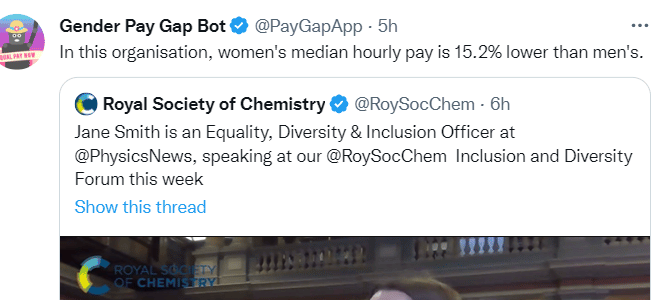
Source: Gender Pay Gap Bot Twitter
There are increasing expectations for corporations to take a stance on social issues. We are bombarded by diversity and inclusion statements, carbon emissions reports, and rainbow-washed Pride campaigns, but are these companies truly trying to make an active difference or just earn a quick dollar?
This year on International Women’s Day, a Twitter bot was set up to call out companies that celebrate and congratulate the females on their team, but do not pay them equal wages to males in the same position. When an organization tweeted about their International Women’s Day initiatives, the account responded by publishing the company’s wage gap. This meant crisis for some brands who went on to delete the called-out tweets.
The bot was set up by Francesca Lawson, a social media manager, and her partner, Ali Fensome, a software consultant. The bot gathered its information from a UK government published database.
“The bot exists in order to empower employees and members of the public to hold these companies to account for their role in perpetuating inequalities,” Francesca Lawson told the New York Times. “It’s no good saying how much you empower women if you have a stinking pay gap.”
LEGO’s MRI education through play
Source: LEGO
If you have never had an MRI, the experience can be terrifying. Most children would hesitate to lay in a dim room, alone on a stretcher, entering a massive electronic and very loud enclosure. LEGO’s vision is to use the power of play to promote learning and development for the builders of the future. This year, they developed a powerful campaign with the goal of reducing common fears that children face at hospitals through play-based learning.
The company donated 600 LEGO magnetic resonance imaging (MRI) scanner building kits to hospitals so that through play and interactive building, kids can learn to have confidence that they will be alright during a medical procedure.
The Lego foundation states on the campaign page, “Play motivates the child’s natural curiosity and openness to try new, sometimes difficult, experiences. Because play facilitates a safe and comfortable “training space” for real-life events and consequences, it is a powerful way for children to develop their social and emotional skills.”
GenM support women coping with menopause
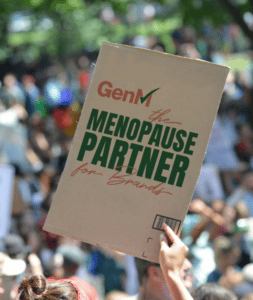
Source: GenM Invisibility Report
Menopause is a very challenging, emotional transition during the lives of many women, and it is seldomly discussed.
A GenM study, in partnership with Propaganda, a strategic and creative brand consultancy, discovered that “87% of menopausal women feel unacknowledged by brands and society at large, and 90% reported it negatively affected their professional life.”
GenM recognized the importance of this data and developed a comprehensive PR campaign with the goal of highlighting the brands that cater to women around menopausal age.
An open letter was launched in The Guardian to place emphasis on the lack of recognition that women experience during this chapter of their life, and how responding to this need with a variety of supportive solutions is important for businesses.
Through the success of the campaign, GenM developed partnerships with 55 brands, including JP Morgan, Royal Mail, WW, Holland & Barrett, and Diaverum.
According to GenM, “The campaign’s reach totaled over 142.5 million people, with coverage across Tier 1 media, and an additional 800,000 via social, leading to a 174% increase in followers.”
Dove’s ‘#TheSelfieTalk’ campaign
Social media is the ultimate platform for comparison. It’s no surprise then that social media dramatically affects how women, (and especially teenagers) portray themselves. Every time social media users open the app, they are ambushed by filters, picture perfect influencers, and harmful depictions of how the “perfect” woman should look.
In most of their campaigns, Dove explores how the beauty industry impacts women’s self-esteem and body image. Many customers associate the brand with positivity, self-love, and confidence.
‘Have #TheSelfieTalk’ campaign features a girl snapping a selfie and airbrushing how she feels she should look according to society. The video ends with her natural face, displaying the confusion a teenager must feel when there is a vast difference between society’s unrealistic expectations and her natural beauty.
According to the campaign page, “The Dove Self-Esteem Project has reached 82,000,000 young people and counting since 2004”. Dove also encourages page visitors to take the pledge to “create a more diverse, inclusive definition of beauty for the next generation” and provides a “Confidence Kit” which includes resources for teachers and parents to guide healthy conversations surrounding self-esteem and personal perception.
Denmark’s ‘Rising Benches for Rising Sea Levels’ campaign
Source: Euro News
In our society, we are often focused on present day challenges, and it’s easy to forget that we are in the midst of an environmental crisis. Corporations and governments have the responsibility to address global warming and environmental issues, but this doesn’t mean that environmental campaigns should lack creativity.
Denmark took a stand against the rising sea levels by installing high rising benches, one meter above the ground. The benches represent the predicted sea level rise by the end of the century. This means some cities will be completely submerged if global warming continues at its current rate.
Often campaigns surrounding climate change use aggressive, fear-inducing language. The government of Denmark cleverly installed the benches as a quiet reminder. Making people really consider, that if they want to sit in the park and enjoy nature—above sea level—the time to take environmental action is now. The campaign signals to other countries that we should all work to preserve the future of our planet.
Start brainstorming for your winning 2023 campaign
Innovative PR campaigns have the power to help your brand stand out from the crowd, improve relationships with your audience, and change the way people think or act. Consider adding an integrated PR workflow platform—including media database, media monitoring, and social listening—to your strategy to better inform your decisions, prove ROI, and support you in reaching your 2023 campaign goals. We’d love to show our top-rated platform so why not book a free demo today?

